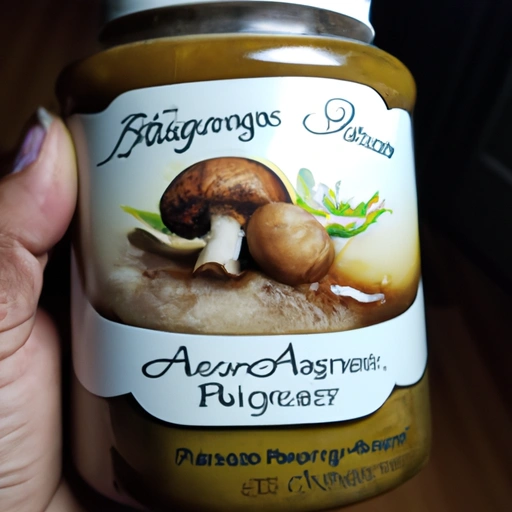Mushroom Stock
Description

Mushroom stock is a flavorful liquid base that is obtained by simmering mushrooms along with various aromatic herbs and vegetables. It is a versatile ingredient that enhances the depth and complexity of many dishes. Mushroom stock is cherished for its earthy and umami-packed profile, which can elevate soups, stews, sauces, and risottos to a whole new level. As a vegetarian and vegan-friendly option, it serves as an excellent alternative to meat-based broths.
Common uses
Mushroom stock is commonly used as a base for soups, as a braising liquid for vegetables and proteins, and as a deglazing agent for pan sauces. It can also be used to add depth to gravies, casseroles, and creamy pasta sauces.
Nutritional value
Calories
A typical serving of mushroom stock (1 cup or approximately 240 mL) contains around 5 to 20 calories, depending on the concentration and ingredients used.
Protein
Mushroom stock provides a minimal amount of protein, with an average of 1 gram per serving.
Fat
This ingredient is generally low in fat, with less than 1 gram per serving, making it a lean choice for cooking.
Carbohydrates
Carbohydrate content in mushroom stock is also low, typically around 2 to 4 grams per serving.
Vitamins
While not a significant source of vitamins, mushroom stock may contain small amounts of B vitamins, depending on the mushroom varieties used.
Minerals
Mushroom stock can provide minerals such as potassium and selenium, with amounts varying based on the mushrooms and vegetables included in the stock.
Health benefits
Mushroom stock is a low-calorie, low-fat ingredient that can contribute to a healthy diet. The umami flavor it imparts may help reduce the need for added salt in recipes, which is beneficial for those monitoring their sodium intake. Additionally, certain mushrooms have been recognized for their immune-supporting properties and can provide antioxidants when included in the stock.
Potential risks
While mushroom stock is generally safe for most people, individuals with mushroom allergies should avoid it. Additionally, store-bought mushroom stocks can contain added sodium or preservatives, which may not be suitable for everyone's dietary needs.
Common recipes
Mushroom stock is often used in vegetarian and vegan versions of classic recipes such as French onion soup, mushroom risotto, and creamy mushroom soup. It can also be a base for vegan gravy or a moistening agent for stuffing.
Cooking methods
To make mushroom stock at home, one can simmer mushrooms with aromatics like onions, carrots, and celery, along with herbs like thyme and bay leaves. It can be cooked in a stockpot on the stove or in a slow cooker for several hours to extract maximum flavor.
Pairing with other ingredients
This stock pairs well with earthy ingredients like root vegetables, grains such as barley and rice, and fresh herbs. It also complements creamy dairy or dairy-alternative products, enhancing the richness of dishes.
Summary
Mushroom stock is a nutritious and flavorful liquid that is easy to make and can be used in a variety of recipes. Its umami-rich profile makes it a valuable ingredient in the kitchen, suitable for enhancing vegetarian, vegan, and meat-based dishes alike. It offers health benefits such as low-calorie content and potential immune support, with minimal risks associated with its consumption.